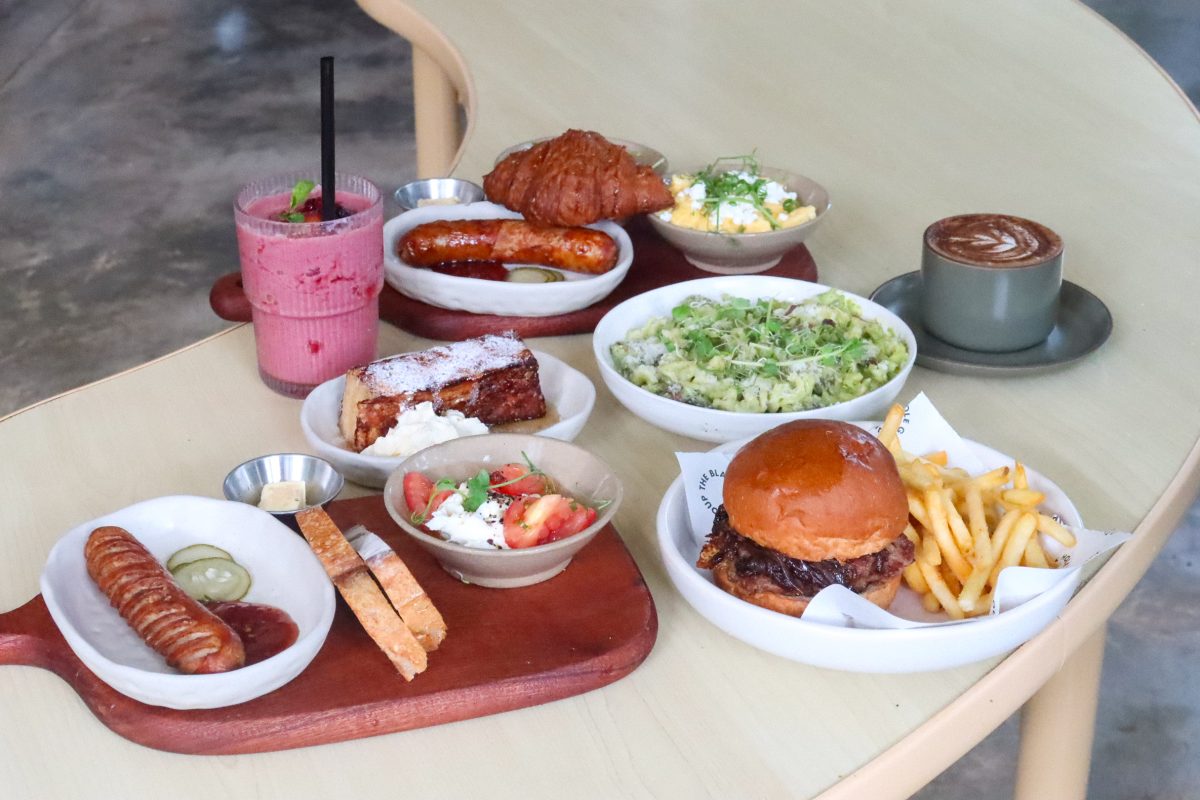‘If your stories are all about your products and services, that’s not storytelling. It’s a brochure. Give yourself permission to make the story bigger’ – Jay Baer
Waiting to be told deep within the hustle of a brand are great stories. Through customers, employees, partners, stakeholders, etc., brands have a network of narratives. Each person touched by the brand will have a unique relationship with the brand; hence individual stories waiting to be told. Social media has empowered the importance of content, particularly user-driven content through Instagram, Facebook and Snapchat. It prospers on the stories that brands share with their clients. The right story speaks of the brand’s character and how it wishes to connect with its audience.
Think about all the fairy tales we read as children; have they left our minds? Firmly etched in our minds is the ‘the once upon a times’ of our childhood. Fairy tales like Little Red Riding Hood, Hansel and Gretel, Goldilocks, Snow White and many more have withstood the test of time. Great stories are a resonance of how we identify with ourselves. The brands present in our everyday lives are an existential extension of the storytellers within us; it helps us identify and define who we are.
Brand stories, especially in the digital age, are about empowering your audience. There are many ways to do so, through blogs, videos, campaigns to share across various platforms.
Here are some reasons why these brands have told great stories.

1. Authentic
SHATEC’s Heart of Peranakan Cooking video celebrates culture and tradition by showcasing Ayam Buah Keluak, a popular Peranakan dish cooked by the Chef Philip, popularly known as The Peranakan Chef. He shared his account of how he became a chef and why traditional dishes must evolve to promote learning amongst the younger generation.
WriteHaus Asia worked closely with SHATEC to produce the labour of love, ensuring that the feel of the video gave rise to the authenticity of the Peranakan culture. Through right music and ambience created Chef Philip, an alum of SHATEC and their progressive approach towards teaching the younger generation was featured to captivate their audience.
The take-away- When we see ourselves in the brand, we identify and connect with the brand on a personal level. Emotionally charged, it creates brand loyalty. Every time we associate with the brand, we feel acknowledged. Hence, there is value in the brand to pursue.

2. People Love a Good Story, Not Numbers
‘World’s Toughest Job’ from American Greetings paid homage to the selfless and unconditional loves that mothers have for their children. Staged to look like a job interview, candidates learned the criteria of the position, which were, in fact, the daily routines of mothers everywhere.
With over 28 million views on social media, it tugged at our heartstrings, many of us in agreement that we can never thank our mothers enough for all that they do. It was widely shared because it spotlighted the guilt most of us have for taking our mothers for granted. By sharing it, we assuaged our guilt and ran to call our mothers! It was a heartfelt and influential reminder to treasure all our mothers do for us, by perhaps sending them a thank-you card. Today, when Mother’s Day rolls around, this ad becomes top of the mind.
Take-away: Through purpose-driven storytelling, the brand reminded us that it is essential for us to show gratitude, not just for our mothers, but anyone dear to us, hence directing customers to buy their cards.

3. Tell the story, but let your Customers Grow it
Ikea Singapore’s ‘Shelf-Help Guru’ campaign was customer engagement done best. An online contest encouraged people to ask funny questions on how to improve their bedrooms and bathrooms. Ikea replied with a humorous and pun-filled video, where links to Ikea furniture was provided for each post. People had a good laugh and probably bought more Ikea products!
Take-away: Consumer-driven storytelling is direct and powerful. You learn what your customers think and feel about the brand and how you can directly respond to their needs.

4. Recognise Challenges, Offer Solutions
The right story can share a powerful message, and we particularly resonated with NTUC Income’s ‘The Best Gift for Your Child’ ad. A groom at his wedding describes how his parents were the ‘worst parents. They were not the worst parents; in reality, they managed their son’s expectations growing by giving him a childhood they could afford. This was a message that many of us could relate to with ageing parents ourselves, it was heartfelt and what is on the mind of most Singaporeans. It drives us to think about an impending reality. The ad poignantly shared the importance and benefits of a retirement plan.
Take-away: Storytelling that raises awareness and sparks conversations about matters close to our hearts to help brands appear relatable as a thought leader.

5. Stories Build Communities
Shapermint’s #AskVenus video was a humorous and smart way to address the immense expectations that women live up to. It shares the different phases of a woman’s body, from childbirth to menopause, and how women feel like they must look their best when they do not feel their best. Enter Shapermint to the rescue! Through their various stories by their customers, they celebrate body positivity and encourage women to do the same. They have forged a strong community who share their vision to make women of all shapes and sizes comfortable in their skin.
Take-away: Stories that are life-changing for someone always empowers the morality of the brand. The philosophy that drives the brand is what makes it stand out.
Are you looking to create your story? Let us have coffee!
Contact us at;
WriteHaus Asia
hello@writehausasia
Number: 62570285
About WriteHaus Asia
WriteHaus Asia is a Singapore based branding and content agency. Founded in 2016, we believe in accelerating brands through content, video/photography, digital media and branding. We believe in dynamic storytelling for lasting conversation between your customers and your brand.
At WriteHaus Asia, we believe that content and design tell a compelling, curious and simple story.
For more information on what we do, please visit http://www.writehausasia.com/.












